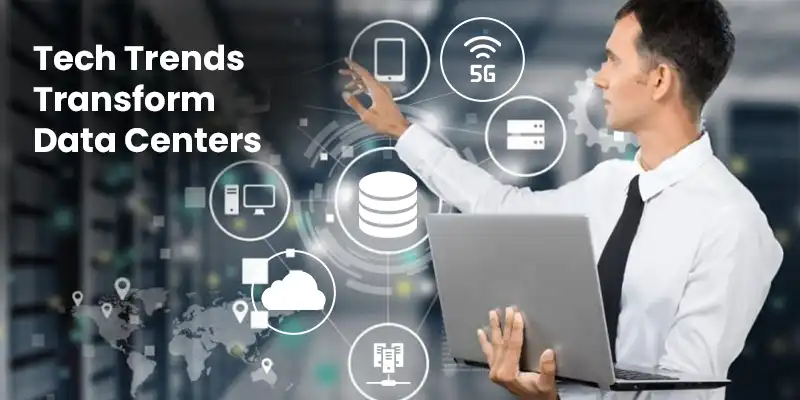Table of Contents
- What is a Virtual Data Center
- Benefits of Virtual Data Center
- Impact of Virtual Data Center on Cloud Networking
- Conclusion
To explain what a virtual data center is, we must first clarify what virtualization is. Virtualization is the process of establishing conceptual abstraction between the software application and the related hardware resources. VDC in cloud computing offers capabilities much similar to traditional centers and also provides virtual data storage.
You are using the physical devices you already have and allowing more productive use of them by running several processes from the same one. To put it into context for data centers, let’s assume an organization has two dedicated servers, data storage and data processing.
These servers are most likely operating at less than 40% capacity, which is less effective; this is where virtualization comes in. Instead of having two servers running different tasks, you can break the one data storage server into two separate actions to handle individual tasks. Now you have one server that uses the same hardware to perform two tasks. Virtualization leads to both technological and economic benefits: optimized server use, quicker resource provisioning and enhanced disaster recovery capabilities.
What is a Virtual Data Center
A virtualized data center is a software abstraction of a physical data center that provides business enterprises with a range of cloud infrastructure components such as servers, storage clusters, and other networking components.
Virtual data center can customize to include cloud computing capabilities such as processing power, memory, storage, and bandwidth that tailor to the specific requirements.
Virtual data center can deploy on-premises or through multiple cloud environments – public, private, or hybrid. When implemented in this manner, it can access through an Infrastructure as a Service (IaaS) model—giving companies access to cloud-based assets while maintaining control of their physical hardware.
Virtual Data Center (VDC) provides a slew of technological and strategic business benefits.
Advantages of Virtual Data Center
1. Security and Compliance
Businesses will leverage enterprise-grade security and enforcement capabilities native to the cloud environment with a virtual datacenter solution. Since virtual machines (VMs) are often separated from the existing hardware infrastructure, data traffic within the virtual environment is encapsulated and stable. This protects mission-critical business data and applications.
For businesses required to maintain a higher degree of protection due to regulatory enforcement, a virtual data center simplifies data governance and policy maintenance, making it easier to maintain a high level of compliance. IT support teams may use centralized management software to develop, maintain, and replicate compliance policies.
2. Cost-effectiveness
On-site data center solutions entail a significant initial and ongoing financial investment in the facility’s construction and maintenance, staff training, hardware procurement, and overhead. The cloud service provider hosts the virtualized IT components in physical data centers with a virtualized data center approach. This takes some of the financial pressure off the business owner and lets you keep a bigger share of the money.
Virtualized data center services are available on a pay-as-you-go basis, enabling businesses to add resources as required and pay for them. With this payment model, you can accurately forecast operating costs and budget your financial capital more efficiently.
3. Enhanced Productivity
Productivity drops can have a direct impact on the profitability of a business. IT managers and workers may benefit from data center virtualization by increasing efficiency. Due to the outsourced nature of data center facilities, the cloud service provider is responsible for the actual data center’s maintenance and management. IT administrators no longer need to troubleshoot servers and other network components; they need to control and track the data center’s virtual features. This is accomplished easily with the help of centralized tools and interfaces that allow them to manage the entire virtual environment remotely and in real-time.
Virtualized data center services can also assist the business’s disaster recovery plan with server failover, load balancing, and backup and recovery. If recovery is as simple as moving your virtual servers to another virtual server case, an interrupting event such as cyberattacks or natural disasters will cause little or no downtime. This lets your employees keep running your business with as little trouble as possible for your customers.
4. Faster Provisioning
Previously, it could take weeks, if not months, to provision a new server. Moreover, training a new employee can take several hours. Every case required purchasing, shipping, and receipt of new hardware, followed by hours spent updating operating systems and server or job-specific software.
However, now IT administrators can quickly deploy virtual servers and desktops using a pre-configured image or master prototype or cloning an existing virtual machine using data center virtualization. This allows companies to rapidly scale their IT infrastructure to change market requirements or new opportunities.
5. Data Mobility
Employees must access business databases, software, and resources that may distribute around corporate offices as more organizations transition to a remote workforce. Mobility of data is becoming an increasingly critical requirement.
The inability to obtain information promptly may result in lost revenue, delayed product growth, and even dissatisfied customers. With a virtual data center, the employees can access business data whenever and wherever they need it while maintaining strict compliance with security and compliance policies.
Thus, the company will help remote workers achieve business objectives while maintaining centralized visibility and control over corporate data.
6. Scalability
Any business experiencing rapid growth should seriously consider introducing a virtualized data center. Via the use of just-in-time allocation of bandwidth, storage space, and other IT resources, a virtual data center maximizes a company’s ability to scale to meet the increased resource demands of a growing business.
Additionally, it is well-suited for businesses undergoing seasonal business activity fluctuations. At peak times, virtualized memory, computing power, and storage can be installed more cheaply and quickly than buying and installing components on a physical computer. Then, as demand decreases, virtual resources can be scaled back to save money.
Impact of Virtual Data Center on Cloud Networking
Cloud networking, which has grown in popularity over the last few decades, is a collection of techniques that enable users to access the resources of remote information technology infrastructures through a network, most commonly the Internet.
In its simplest form, Cloud networking provides users with access to storage, network, and computing infrastructure, as well as services, applications, and platforms. Perhaps the most fundamental consequence of the cloud and multi-cloud revolution is the effect on data center architectures. Data center architectures have evolved to emphasize commonality over individuality.
You may also like: How Evolved Computing and Multi Cloud is Technology’s Future
Modern data centers do not come in a variety of shapes and sizes. They are a standardized fabric of fixed-form-factor devices that have been implemented specifically for their interchangeability. Servers and storage have been operating in this mode for an extended period. This means that racks and rows can resemble one another inside the data center. Whereas diversity aids productivity in the legacy data center, it works against it in the cloud age. This simplifies implementation and management and enables more precise grow-as-you-go strategies.
Additionally, it simplifies the process of acquiring space, fuel, and cooling. When all devices are identical, preparation becomes a simple matter of determining power specifications and physical constraints.
Conclusion
Data centers have reached a point of no return. The increase of generic building blocks based on industry-standard components has altered how businesses design, create and operate.
By integrating these concepts with significant changes to operations and refresh cycles, companies may adopt cloud principles to their on-premises infrastructure, resulting in substantial increases in utility and performance.
FAQs:
What are Some Good Reasons to Run a Virtual Data Center
Using a virtual data center allows users to have:
- Major money-savings.
- Superior effectiveness and output.
- Increased safety and legality.
- Mobility in the workplace.
- Increased resistance to natural disasters and decreased downtime.
What are the Components of Data Center
Security systems, firewalls, routers, servers, storage systems, and switches are must-have components to run modern data centers effectively. Servers form the backbone of every data center. A server in a data center is a supercomputer with much more RAM.
How Does a Virtual Data Center Work
A virtual data center offers the capabilities of a traditional data center but uses cloud-based resources instead of physical ones. It allows an organization to deploy additional infrastructure resources at need without acquiring, deploying, configuring, and maintaining physical appliances.
What are Data Center Virtualization Software
Some of of the high performing Virtualization software are:
- Microsoft Hyper-V
- Oracle VM
- IBM PowerVM
- VMware vSphere
- Citrix XenServer Hypervisor


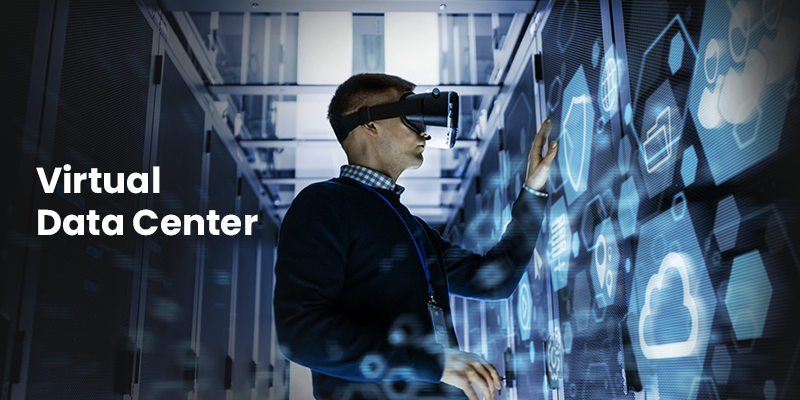
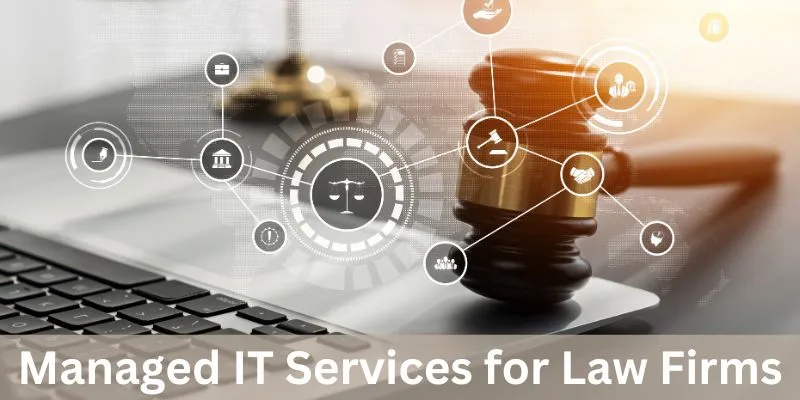
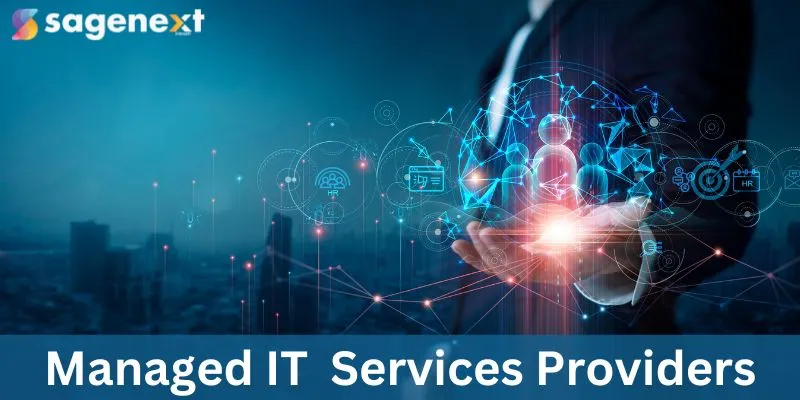
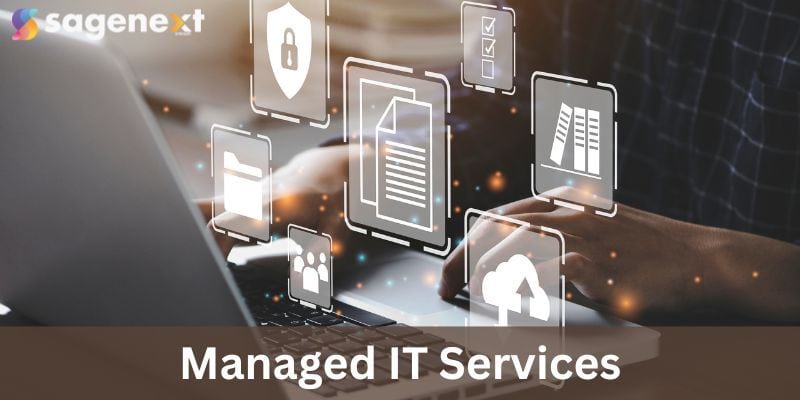

 Popular Posts
Popular Posts


